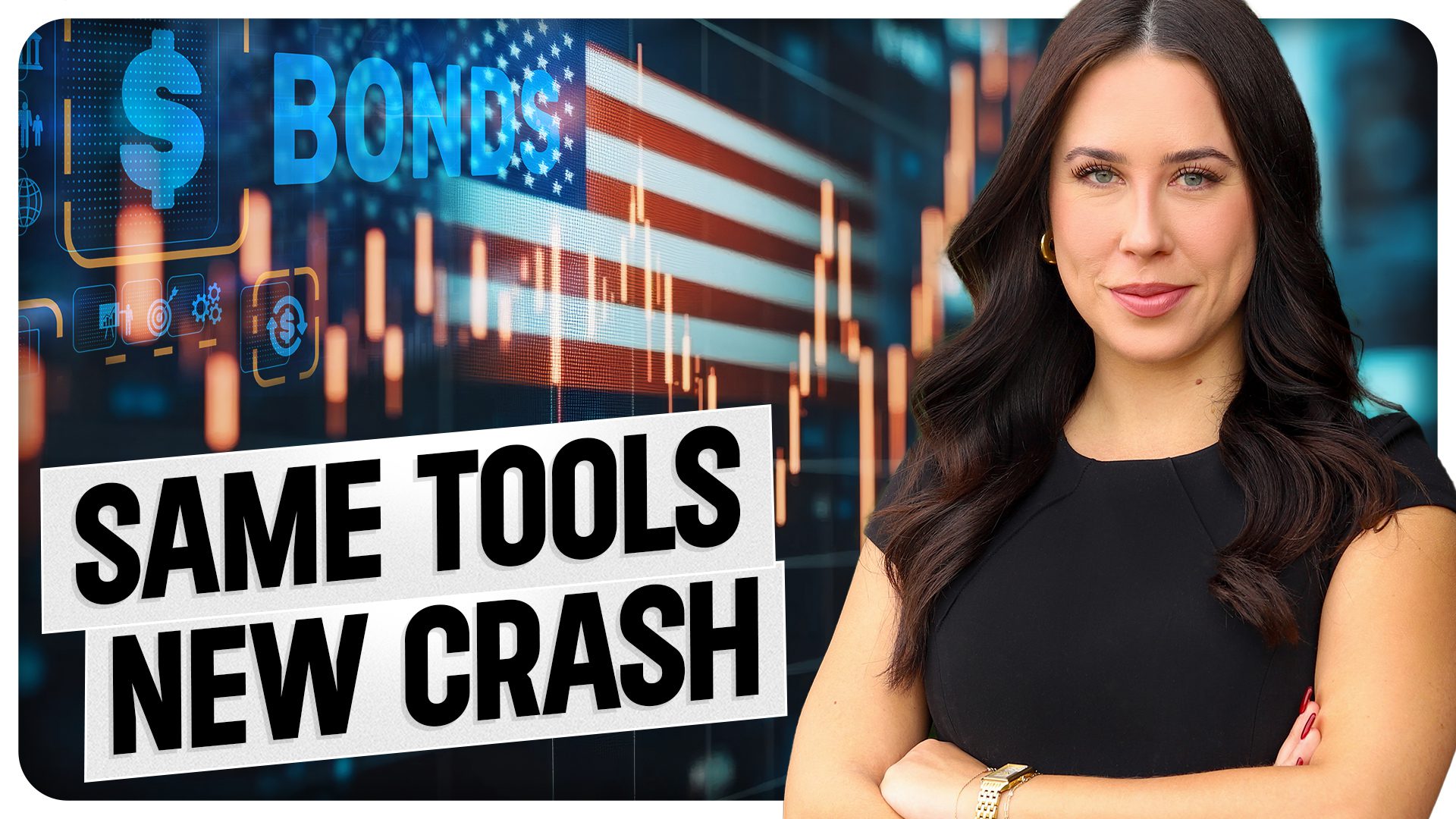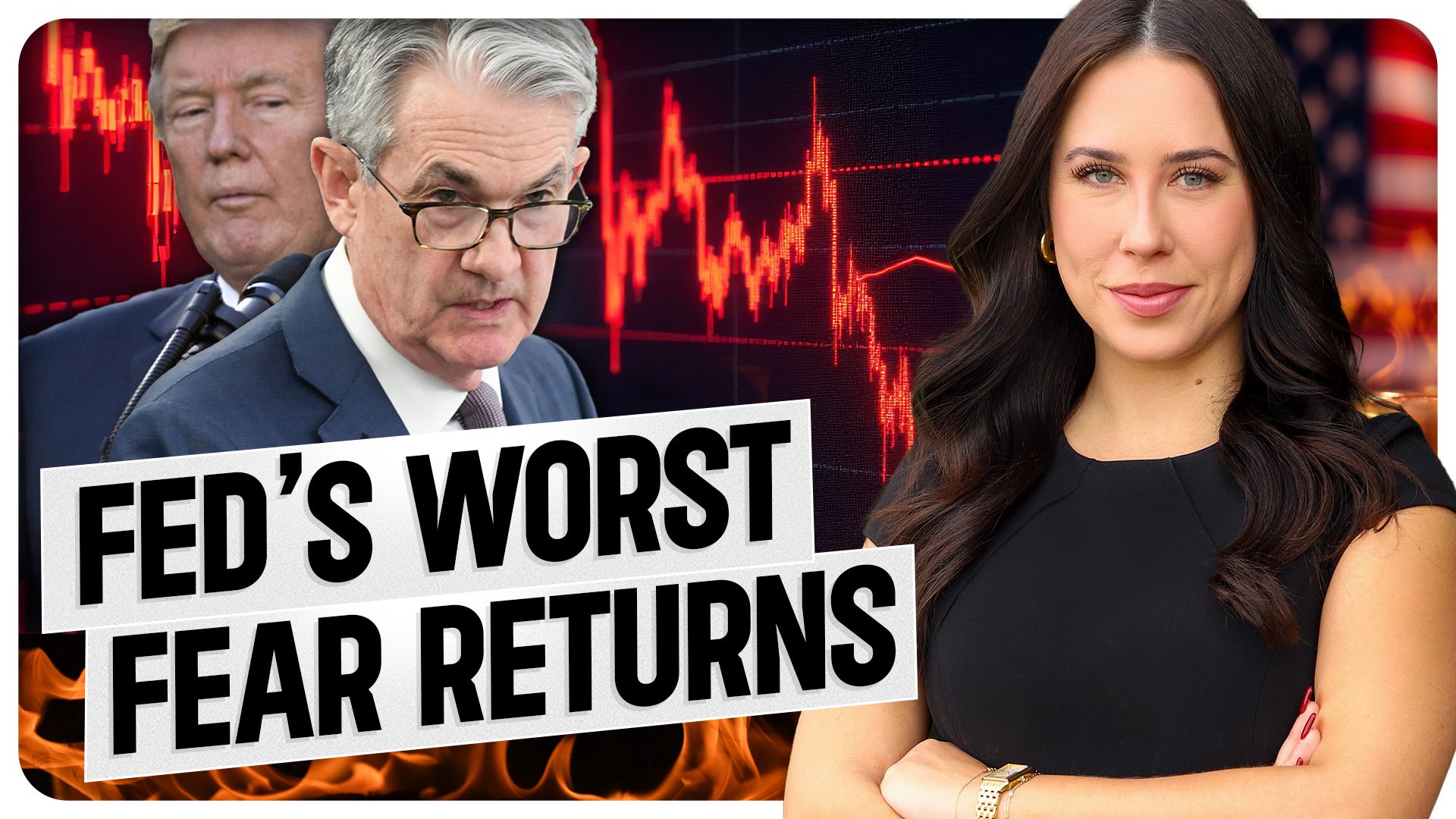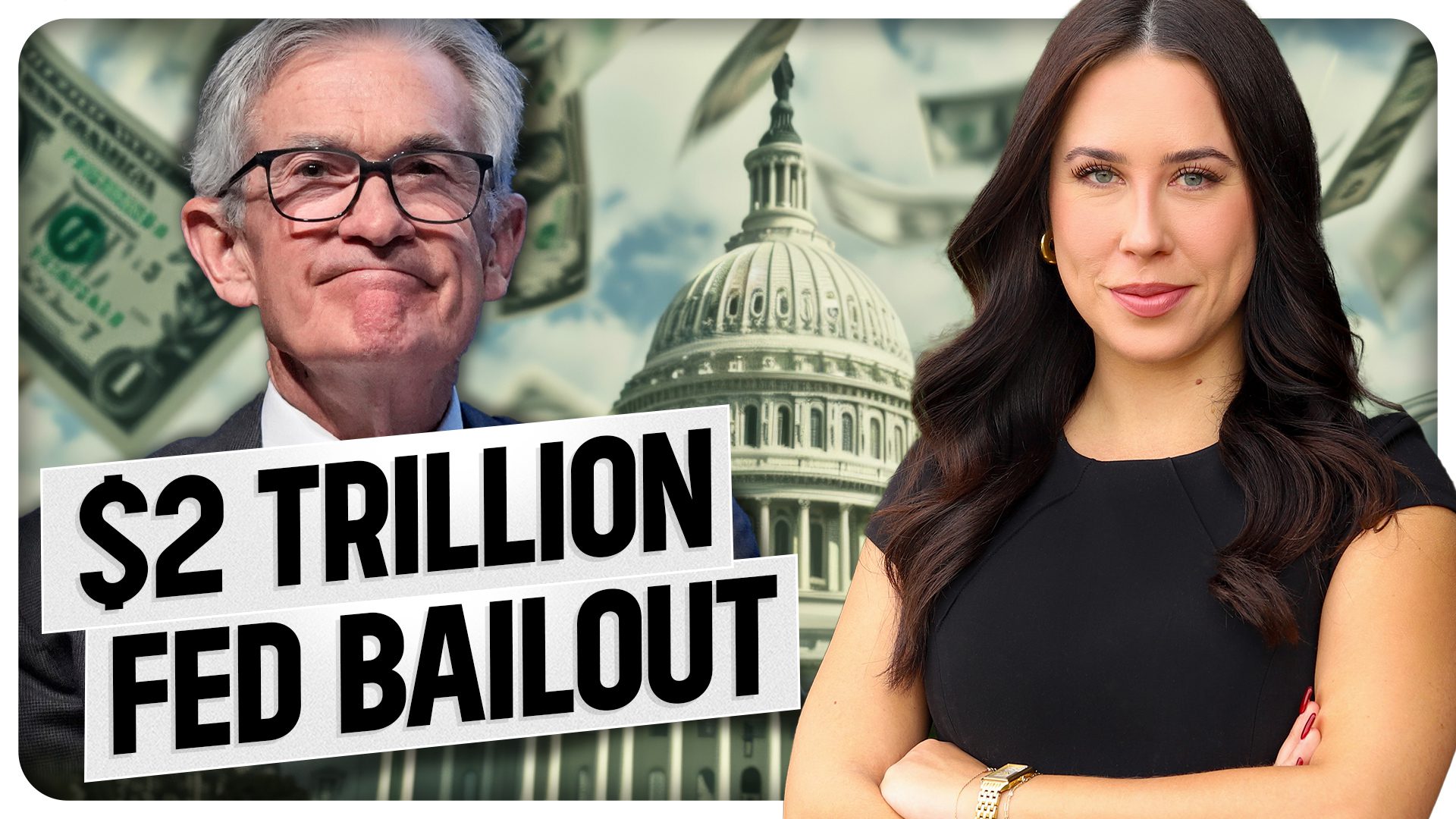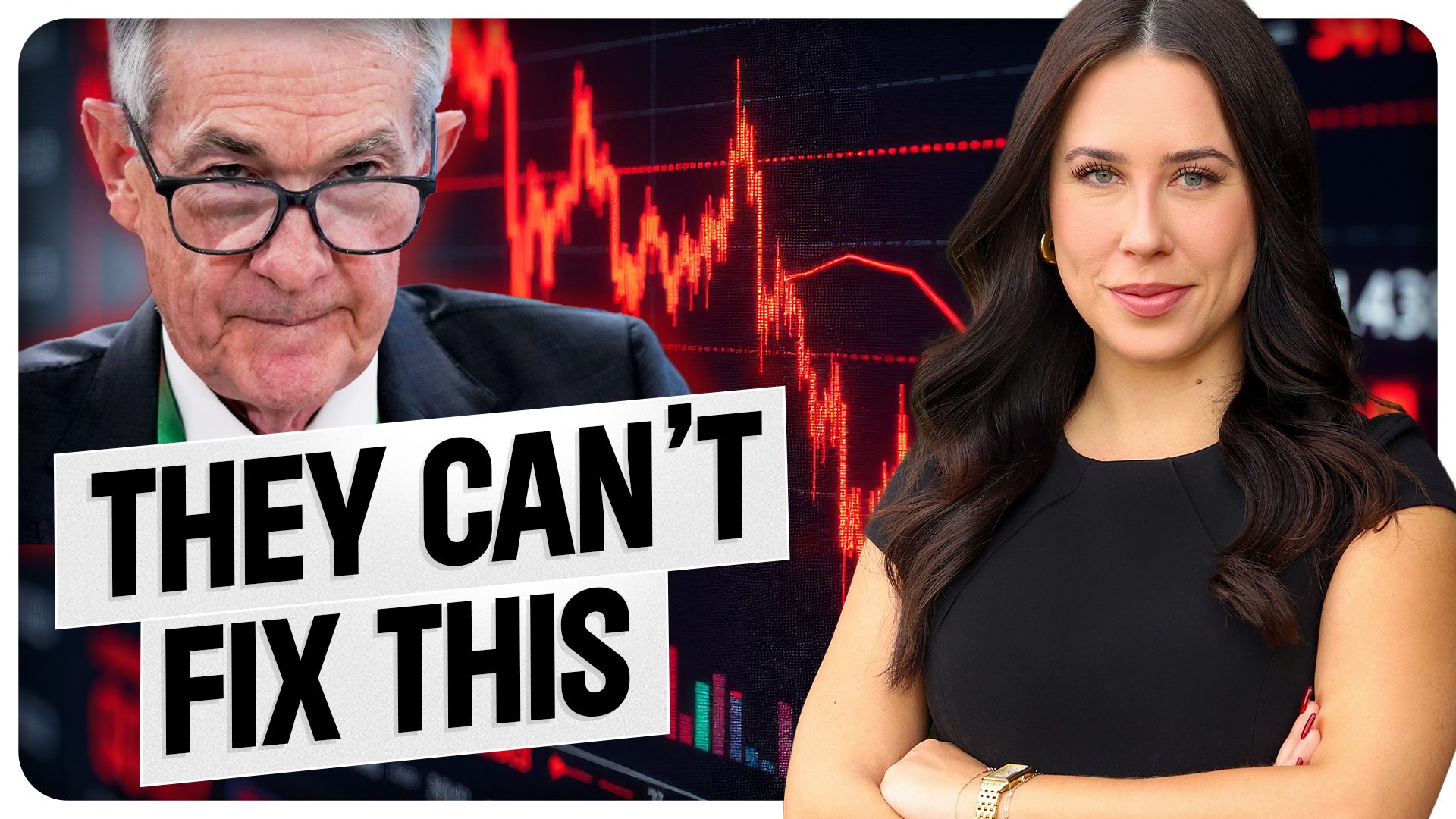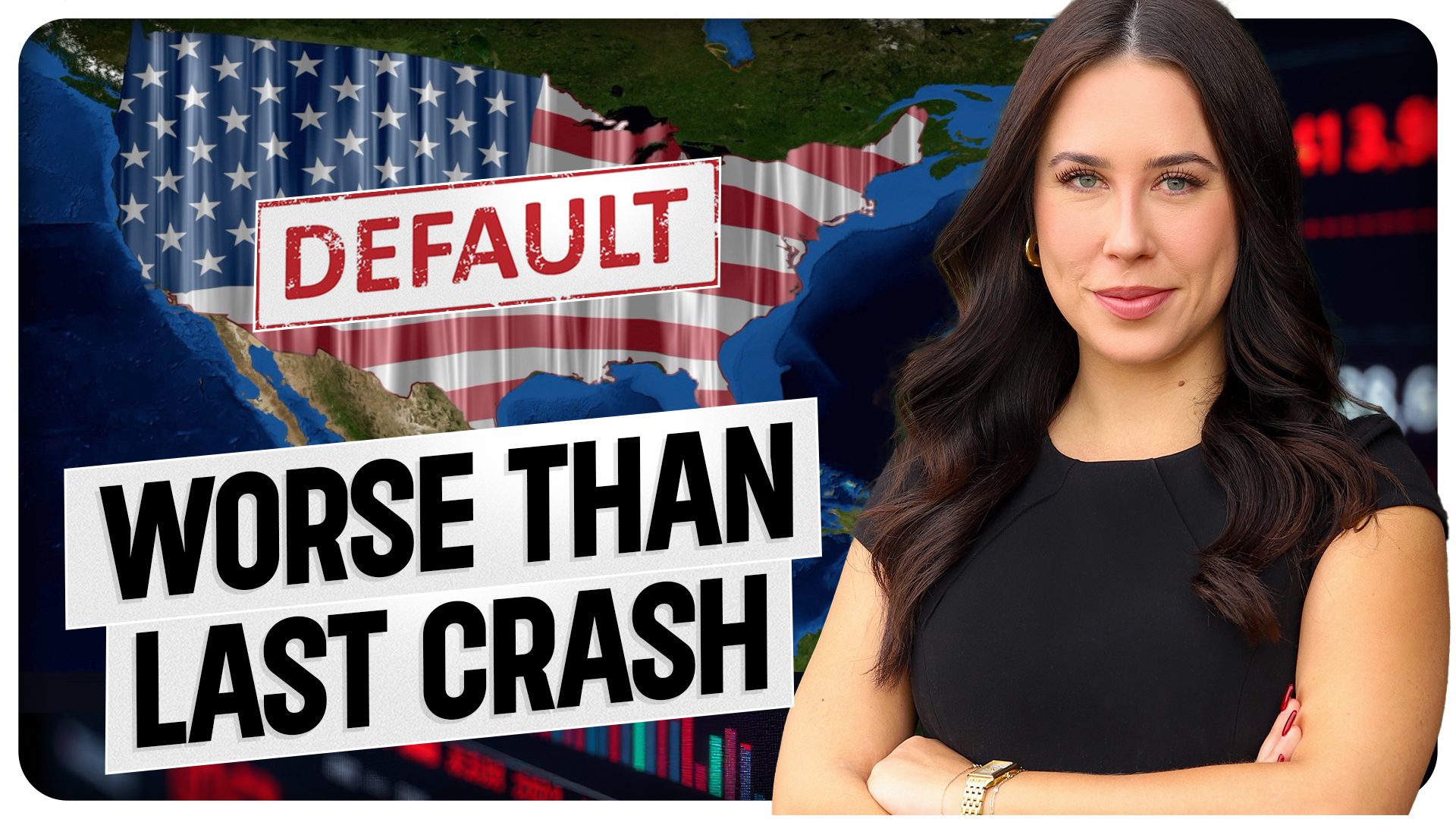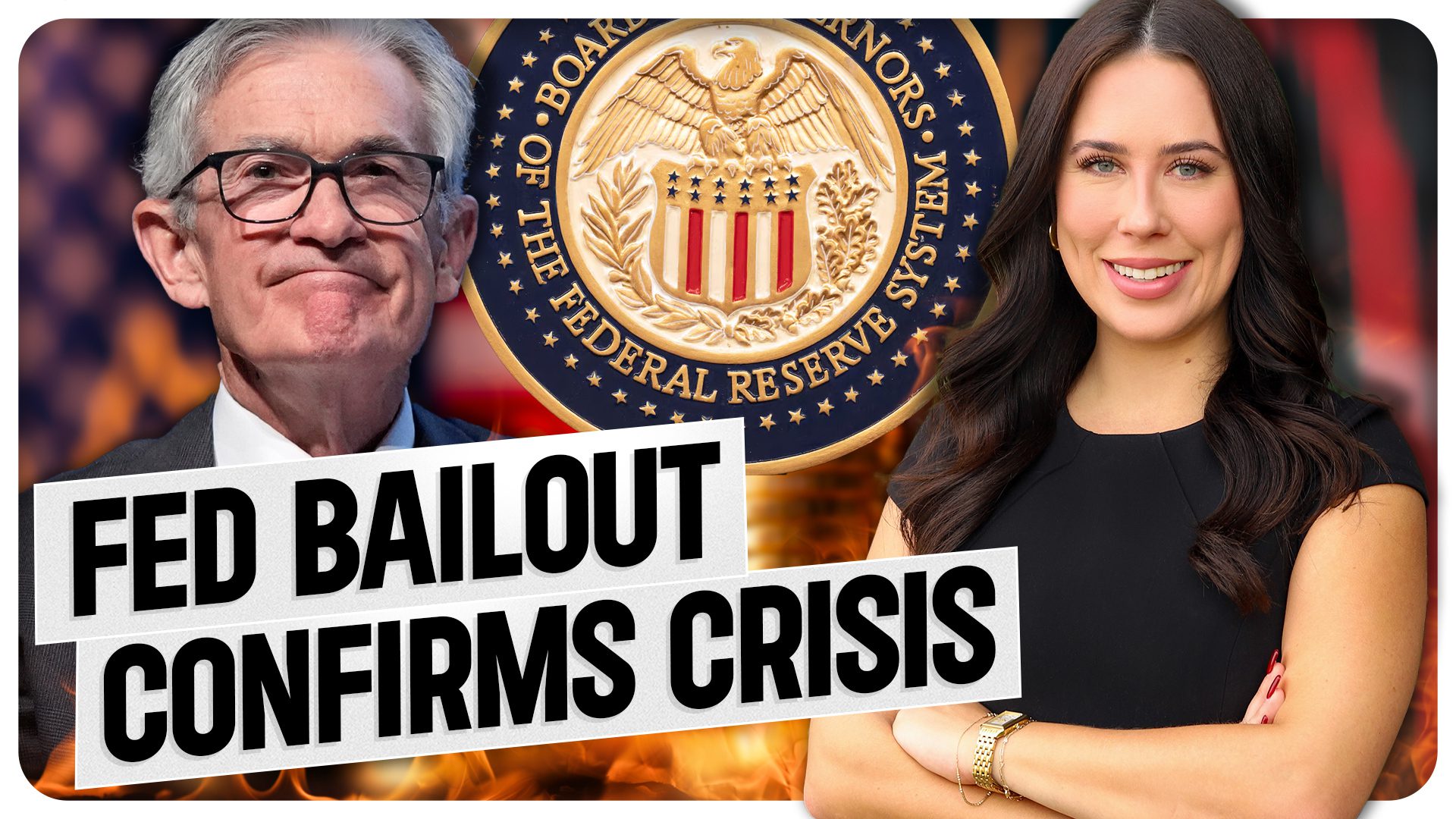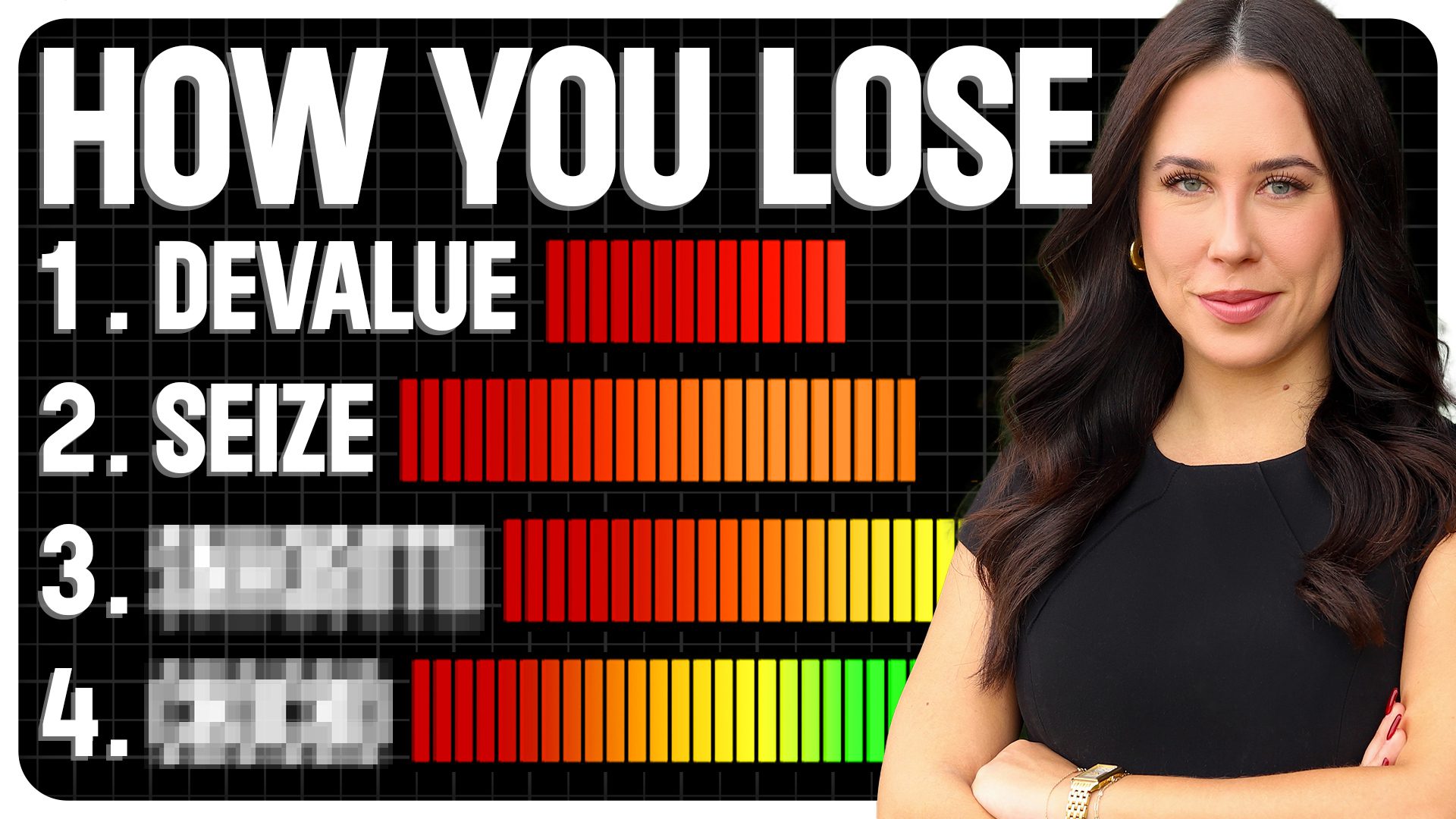The Coming Pitfalls to our Consumer Driven Economy
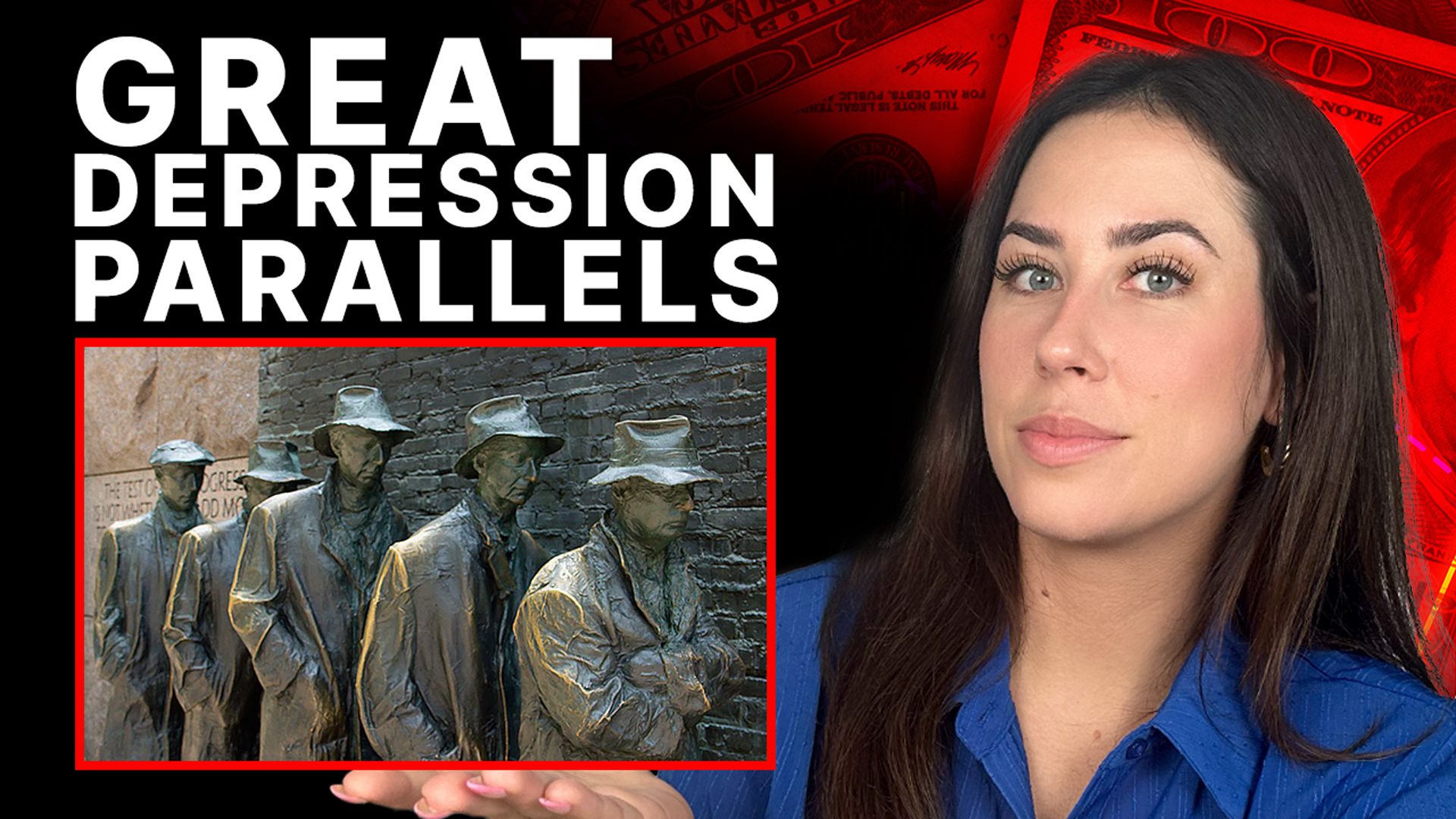
Join Taylor Kenney from ITM Trading as she delves into the historical evolution of consumer spending. Stay ahead of the curve with valuable insights and expert guidance on the economic cycles that could impact your financial well-being.
CHAPTERS:
0:00 Consumer Spending
1:03 Lack of Consumption
2:41 The Economy
4:02 Stimulus Aid
5:16 Consumer Spending
7:03 Credit Card
9:09 Wealth Protection
TRANSCRIPT FROM VIDEO:
The US economy hasn’t always been so dependent on consumer spending, but it sure is now with signs that spending is slowing down. What does that mean for the economy? And more importantly, what does that mean for you?
Hi everyone. I’m Taylor Kenney with ITM Trading, and today I wanna look at the big picture of why consumer spending is so important to the success and growth of the global economy, and in particular the United States economy. I also wanna talk about how the strong American consumer right now is an illusion and how a slowdown of spending will directly impact the economy and a downturn that could impact you. Consumer spending is any spending on goods and services. This type of spending accounts for 60% of the global GDP and 70% of the United States GDP, that is extremely high, especially compared to somewhere like China where their consumer spending accounts for 38% of their GDP. That’s because manufacturing is the priority. So you can see how in the United States consumer spending is pivotal to keeping the ship afloat.
This wasn’t always the case. In fact, it used to be the opposite. Of course, people have always had the need to consume basic needs, food, shelter, clothes, but it used to be historically that frugality and thriftiness or favorable treats, whereas increased consumption or the desire for the latest and greatest was frowned upon. This started to change in the early 1920s. Economists and businessmen, they realized there was a serious problem and it was overproduction. They could produce more than people could consume. So the lack of consumption was the greatest threat to progress and growth.
To combat this initiatives and propaganda, encouraging spending, encouraging consumption, and taking on debt were created. This resulted in massive amounts of debt that could not be paid back. And of course, we saw the Great Depression. This put a temporary halt to spending. But once World War II was over, consumer spending took off again.
After years of rationing and tough times, the American people wanted to enjoy themselves. This was a period of prosperity. There were cars, modern appliances, dishwashers, vacuums, and TVs and radios. These TVs and radios were running ads that were exciting and encouraging the American people to spend.
Look, you adjust the speed right here, release the beaters like this. Oh, that’s terrific. Can I have one of these, honey?
In fact, it was considered patriotic. During this time, if you are spending, you are doing your part as an American citizen to improve and increase the economy.
Now, let’s pause real quick and talk about the economy itself. The economy in general is just a complex system based on a series of transactions within this system, there are cycles of expansion and contraction. Simply put, when a cycle of expansion is occurring, growth is occurring. So there is more debt, which results in more spending, more income. More income, allows more debt or more borrowing, which results in more spending and more income, thus growth. This cycle repeats itself and continues to grow, but it can’t last forever, which is why at a certain point, inflation starts to happen. And when we see inflation, this is when the Federal Reserve goes ahead and decides to increase interest rates to slow things down. Higher rates means less borrowing, means less spending, means less income, which in turn means the opposite of what I just described. Now, while you could say that this is working as intended, that inflation is going down, one thing you have to be aware of is making sure things don’t go down too fast, too much. It’s a very delicate balance. Because remember, as I mentioned earlier, consumer spending is pivotal to economic growth. So anytime it halts or slows, there is a ripple effect that creates downward momentum. To keep the machine running, people have to keep spending.
Let’s take a look at the 2020 health crisis and the United States response. All in the United States spending was about $13 trillion. Now, this is an exorbitant amount of money. It increased the money supply by 40% over just the last four years. But what’s interesting about this is it was called stimulus for a reason.
It wasn’t stimulus aid, it was stimulus aide for the economy. Was it really done to save the American citizens, the American people who needed help, or was it done to save the economy as a whole? Because if people didn’t have money or ways to spend, if consumer spending stopped, the machine stops whirling. They saved consumption. Now, the reason why this is so concerning now is that these cycles of expansion and contraction are naturally occurring. So just because we might have stopped a recession from happening, you really just stall a recession from happening. These cycles are going to occur one way or another. Maybe they’re shorter, maybe they’re longer, but they will happen. All you’re doing is putting off the inevitable and it’s going to be worse in the long run for it. In fact, we’re still in that bubble now, and there can be devastating consequences when we come out on the other side.
One of the indicators that things are starting to change is consumer spending. Now, I’ll talk about those consequences in a moment, but first I wanna talk about what the signs are that we’re seeing that consumer spending is slowing. Now, there are many different factors that go into consumer spending and what impacts that, such as disposable income, interest rates, confidence, inflation, many different things here at play, all of which would suggest that consumer spending would be slowing down. Now, you might be scratching your head right now and wondering, hmm, all the news articles I keep seeing and all the headlines are saying that the American consumer is strong. So why are we worried about a slowdown? But isn’t it odd when you think about it that the American consumer has remained so strong when the recent rate hike cycle is the fastest that we’ve ever seen in our history and inflation last year hit a peak that hasn’t been seen in 40 years?
Well, some of this is just the natural cause and effect in the time that it takes to feel. So the interest rate hikes, they could take another year plus before the true effects are really felt. But there are other factors at play here. That stimulus aid that I was talking about helped for a while, but for how long? It’s not going to last forever, and there are other ways that spending is going to be reduced for the American people. In October, student loan payments are coming back. That debt alone totals $1.7 trillion and impacts 43 and a half million Americans. So all of those Americans are now going to have to take their money and spend it on paying off debt instead of money. That’s going to be going back into the consumer spending driven economy. Less spending means less income means less credit means less spending means less income. The cycle continues.
Another interesting thing to note when you start to kind of look underneath the surface is that debt utilization on an individual level has been increasing rapidly. In the United States credit card levels for the first time in US history surpassed $1 trillion this year, and from Q one to Q two, they were up 4.6% in utilization. Another way that Americans are financing their spending is through home equity loans. Home values have remained strong, so people are financing their lifestyle through home equity loans. There is a breaking point where it just can’t keep going. So the consumer might look strong on the surface, the consumer might be spending, but what’s actually happening, I’ll just toss out one other example of looking a little bit deeper beneath the surface to see what’s going on, and that is Americans are utilizing their 401ks and retirement savings much earlier than anticipated. In July, Bank of America reported that the number of people who made a hardship request to prematurely withdraw their funds from their retirement was up 36% year-over-year.
Now we’re really seeing the cracks. The cracks that show that consumer spending being strong, that the American consumer is still strong, is really just an illusion. These ways of financing spending won’t be able to last forever. At a certain point, they will break, and I keep hearing things like, oh, well, unemployment’s on all time low. So that should show you that the consumer is strong, but unemployment is actually a lagging indicator. What I mean by a lagging indicator is that unemployment rates don’t anticipate changes. They react to economic conditions. By rising or falling.
As consumer spending slows, the economy slows. Loss of jobs will follow, but that is not all that could happen. It won’t be pretty, but we can anticipate based on past cycles that banks will fail, stock markets will crash. There will be a general recession or depression, and ultimately the dollar will lose its value.
But I don’t want this to all be doom and gloom because we are in a unique position. The fact that you’re watching this video and interested in learning more is already gonna put you ahead of the curve. Through recent surveys, it’s actually showed that the majority of Americans do believe that a recession is coming and they are concerned about it, but they don’t know the signs and they don’t know what they can do or how to prepare. Personally, I think one of the most important things you can do right now is diversify your income sources and wealth protection so that it’s not all based on the government and the system. And if you’re interested in learning more and you don’t know how to start or you don’t know how to get up and running with your strategy, be sure to click the link below. Education is key. Please let me know your thoughts. I love reading your comments. As always, I’m Taylor Kenney with ITM Trading. Until next time.
SOURCES:
https://www.pbs.org/wgbh/americanexperience/features/tupperware-consumer/
https://thereader.mitpress.mit.edu/a-brief-history-of-consumer-culture/
https://nrf.com/media-center/press-releases/nrf-economist-says-growth-consumer-spending-slowing
https://www.cnbc.com/2023/08/03/a-consumer-spending-slowdown-is-coming-in-second-half-of-year.html
https://www.imf.org/en/Publications/WEO
https://www.cnn.com/2023/08/08/economy/us-household-credit-card-debt/index.html
https://www.cnn.com/2023/08/08/economy/401k-hardship-withdrawals/index.html
https://www.nasdaq.com/articles/money-printing-and-inflation%3A-covid-cryptocurrencies-and-more
https://www.cnn.com/2023/08/16/homes/home-equity-loan-demand/index.html
https://fortune.com/2023/02/25/two-realities-economy-inflation-consumer-spending-recession/
https://www.vox.com/2015/10/20/9571349/blinder-zandi-stimulus-bailout
https://www.cnn.com/2023/08/27/economy/stocks-week-ahead-consumer-spending/index.html
https://www.cbsnews.com/miami/news/american-consumer-have-bad-news-for-the-economy/
https://guides.loc.gov/consumer-advertising-great-depression
https://chroniclingamerica.loc.gov/lccn/sn82015313/1931-09-03/ed-1/seq-3/
https://www.goldmansachs.com/our-firm/history/moments/1987-black-monday.html
